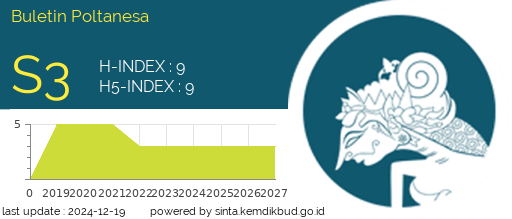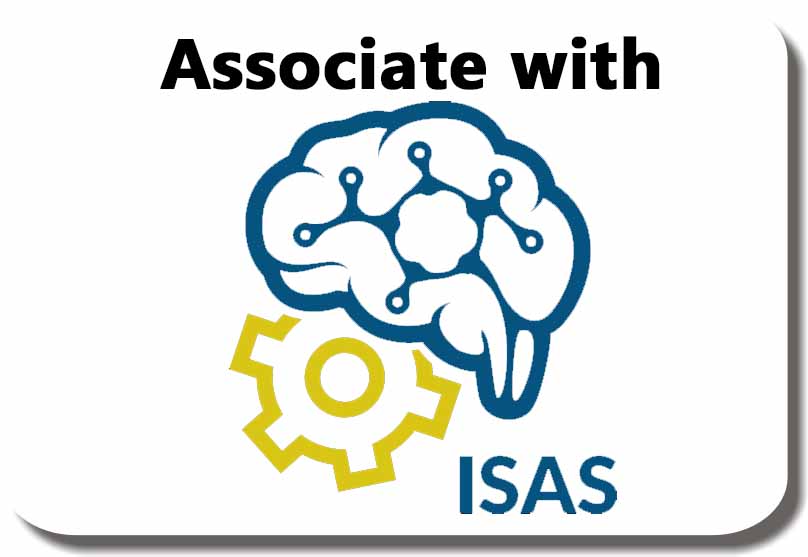Profitability Performance of BUMN Banks and Bank Health Level
DOI:
https://doi.org/10.51967/tanesa.v24i2.2932Keywords:
Bank Health, Profitability, NPL, GCG, NIM, CAR, BUMNAbstract
Bank health is one measure of financial performance achievement. Success in managing assets in banking companies is measured by the level of profitability in the Return On Assets ratio. Profitability can be achieved with healthy financial conditions. Good bank health with good management, bad credit ratio which is below the provisions of the OJK, sufficient capital ratio. The aim of this research is to examine in more depth how much profitability achieved is influenced by the level of bank health on profitability at BUMN commercial banks. BUMN banks are the main supporter of government banking services with private management. The choice of secondary data in financial reports is needed to obtain bank health and profitability ratios. An analytical tool that can measure whether there is an influence between the level of bank health and profitability using multiple linear analysis. The research findings confirm that GCG at BUMN banks in Indonesia has an influence on achieving profitability. The GCG Value Assessment produces the highest average GCG rating of 1. This high assessment is because BUMN banks are able to implement GCG principles to achieve accountable profitability. NIM influences the Profitability (ROA) management ability of BUMN banks in Indonesia in terms of revenue performance in a healthy condition with an average of above five percent. The healthy level of NPLs in BUMN banks with an average yield of three percent has no effect on profitability performance. Profitability (ROA) at BUMN banks is not influenced by capital management from achieving the CAR ratio.
References
Bernard, M., Sumarna, A., Rolina, R., & Akbar, P. (2019). Development of high school student work sheets using VBA for microsoft word trigonometry materials. Journal of Physics: Conference Series, 1315(1).
https://doi.org/10.1088/1742-6596/1315/1/012031
Budi, R. (2021). Fintech Teknologi Finansial Perbankan Digital. Penerbit Yayasan Prima Agus Teknik.
Dewi, K. S., Cipta, W., Bagia, I. W., Teknis, L., & Pamong, P. (2019). adminjm,+21.+191-200+JMI+VOL+3+no+3+2019. 7(1).
Fahrial. (2018). Vol. 1 No.1 Edisi 2 Oktober 2018 http://jurnal.ensiklopediaku.org Ensiklopedia of Journal. Peranan Bank Dalam Pembangunan Ekonomi Nasional, 1(1), 1–5.
Ghozali, I. (2020). Aplikasi Analisis Multivariate dengan Program IBM SPSS. 21. Universitas Diponegoro.
Hediati, N. D., & Hasanuh, N. (2021). Capital adequacy ratio , non performing loan. COSTING:Journal of Economic, Business and Accounting, 4(2), 580–590.
IAI. (2022). Standar Akuntansi Keuangan (Cetakan Pertama).
Kasmir. (2019). Analisis Laporan Keuangan (1st ed.). PT. Raja Grafindo Persada.
Khairunnisa. (2020). Analisis pengaruh tingkat kesehatan bank terhadap profitabilitas dengan menggunakan metode RGEC pada bank umum syariah di Indonesia tahun 2014.
http://etheses.uin-malang.ac.id/id/eprint/23536
Kurniawati, N., & Nasrifah, B. D. (2022). Pengaruh tingkat kesehatan bank terhadap profitabilitas perusahaan perbankan yang terdaftar di BEI tahun 2016-2020. Fair Value: Jurnal Ilmiah Akuntansi Dan Keuangan, 4(9), 3755–3763. https://doi.org/10.32670/fairvalue.v4i9.1543
Muarif, H., Ibrahim, A., & Amri, A. (2021). Likuiditas, Kecukupan Modal, Pembiayaan Bermasalah dan Pengaruhnya Terhadap Profitabilitas Bank Umum Syariah Di Indonesia Periode 2016-2018. Global Journal of Islamic Banking and Finance, 3, 36–55.
Nurfitriani, I. (2021). Pengaruh Capital Adequacy Ratio (CAR), Non Performing Loan (NPL), dan Loan to Deposit Ratio (LDR) Terhadap Return On Asset (ROA) Pada PT Bank Muamalat Indonesia. Jurnal At-Tamwil: Kajian Ekonomi Syariah, 3(1), 50–67. https://doi.org/10.33367/at.v2i3.1453
Nurhidayah, V. (2020). Pengaruhgood Corporate Governanceterhadap Kinerjakeuangan Pada Perbankan Di Bei. Jurnal Riset Mahasiswa Akuntansi, 01(02), 132–142.
Rizal, F., & Humaidi, M. (2021). Analisis Tingkat Kesehatan Bank Syariah di Indonesia 2015-2020. Etihad: Journal of Islamic Banking and Finance, 1(1),12–22. https://doi.org/10.21154/etihad.v1i1.2733
Saputri, R. I. (2018). Analisis Pengaruh CAR, NIM, BOPO dan LDR Terhadap Return Saham Pada Perusahaan Perbankan Yang Terdaftar di Bursa Efek Indonesia Periode Tahun 2011 Sampai dengan Tahun 2015. Jurnal Ekobis Dewantara, 1(1), 149–158. https://www.neliti.com/id/publications/299930/analisis-pengaruh-car-nim-bopo-dan-ldr-terhadap-return-saham-pada-perusahaan-per
Sarra, H. D., Mikrad, M., & Sunanto, S. (2022). Analisis Pengaruh Tingkat Kesehatan Bank Menggunakan Metode Rgec Terhadap Profitabilitas Pada Perusahaan Perbankan Periode 2015-2019. Dynamic Management Journal, 6(2), 110. https://doi.org/10.31000/dmj.v6i2.6763
Sintha, L. (2019). Model Earning Dalam Prediksi Kepailitan Bank. Journal of Banking and Finance, 1(1), 1–9.
Sorongan, F. A. (2020). Pengaruh Rentabilitas, Non Performing Loan (NPL), Likuiditas dan Inflasi Terhadap Rasio Kecukupan Modal (CAR) (Pada Bank Pembangunan Daerah Periode 2016-2019). JRMSI - Jurnal Riset Manajemen Sains Indonesia, 11(2),224–243. https://doi.org/10.21009/jrmsi.011.2.02
Toto Prihadi. (2020). Analisis Laporan Keuangan (2nd ed.). PT. Gramedia Pustaka.
Wenno, M., & Laili, A. S. (2019). Analisis Pengaruh CAR, NPL, NIM dan LDR terhadap Return on Asset (Studi Pada Bank Umum Konvensional yang Terdaftar di BEI). INOBIS: Jurnal Inovasi Bisnis Dan Manajemen Indonesia, 2(4), 513–528. https://doi.org/10.31842/jurnal-inobis.v2i4.109
Downloads
Published
How to Cite
Issue
Section
License
Copyright (c) 2024 Buletin Poltanesa

This work is licensed under a Creative Commons Attribution-ShareAlike 4.0 International License.
The copyright of this article is transferred to Buletin Poltanesa and Politeknik Pertanian Negeri Samarinda, when the article is accepted for publication. the authors transfer all and all rights into and to paper including but not limited to all copyrights in the Buletin Poltanesa. The author represents and warrants that the original is the original and that he/she is the author of this paper unless the material is clearly identified as the original source, with notification of the permission of the copyright owner if necessary.
A Copyright permission is obtained for material published elsewhere and who require permission for this reproduction. Furthermore, I / We hereby transfer the unlimited publication rights of the above paper to Poltanesa. Copyright transfer includes exclusive rights to reproduce and distribute articles, including reprints, translations, photographic reproductions, microforms, electronic forms (offline, online), or other similar reproductions.
The author's mark is appropriate for and accepts responsibility for releasing this material on behalf of any and all coauthor. This Agreement shall be signed by at least one author who has obtained the consent of the co-author (s) if applicable. After the submission of this agreement is signed by the author concerned, the amendment of the author or in the order of the author listed shall not be accepted.









